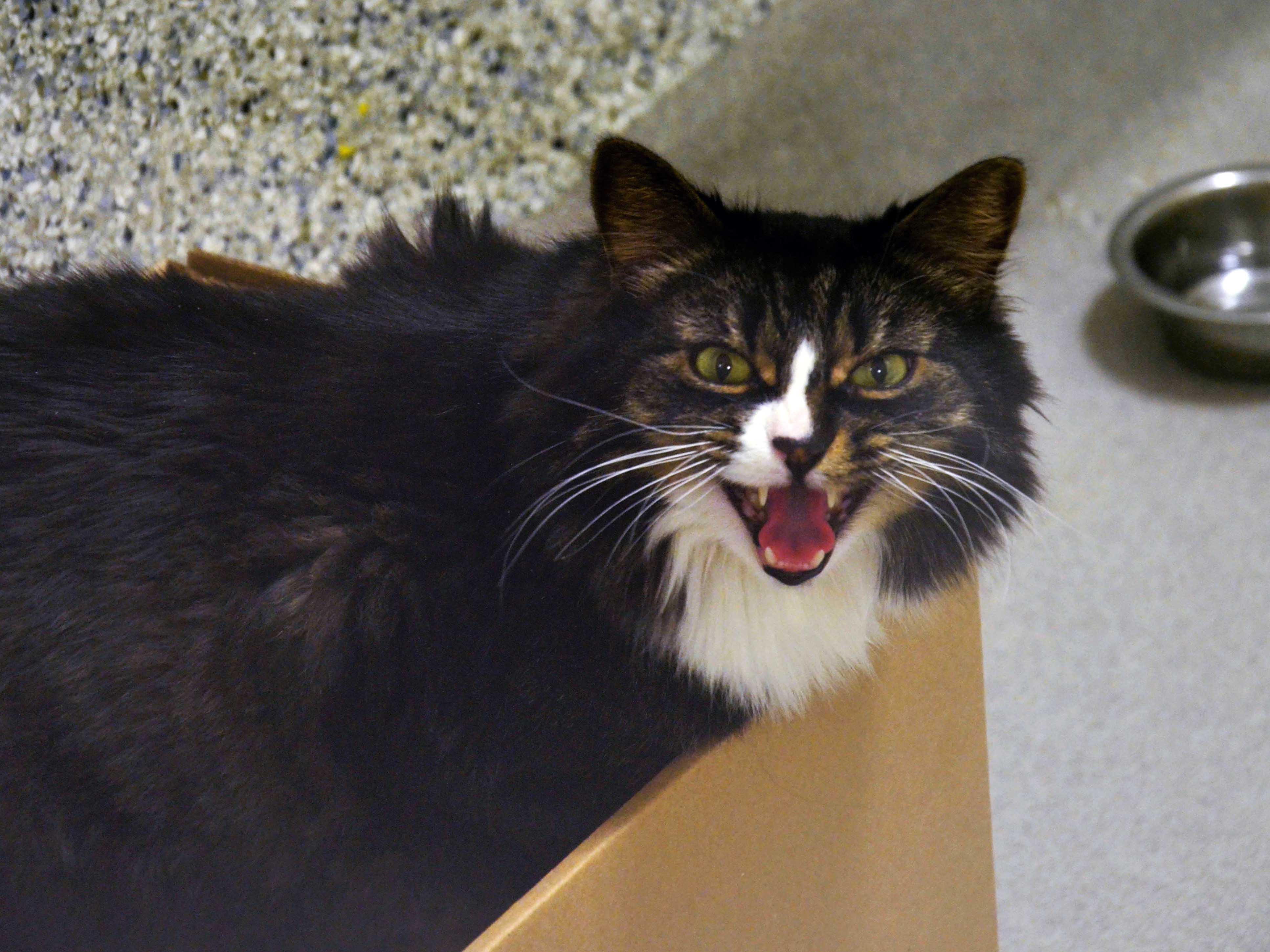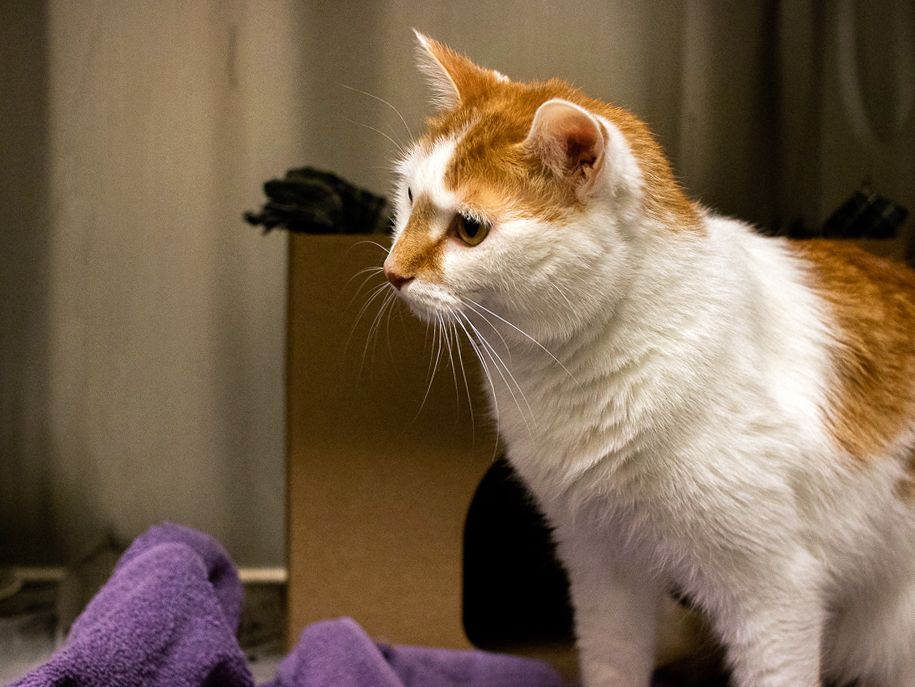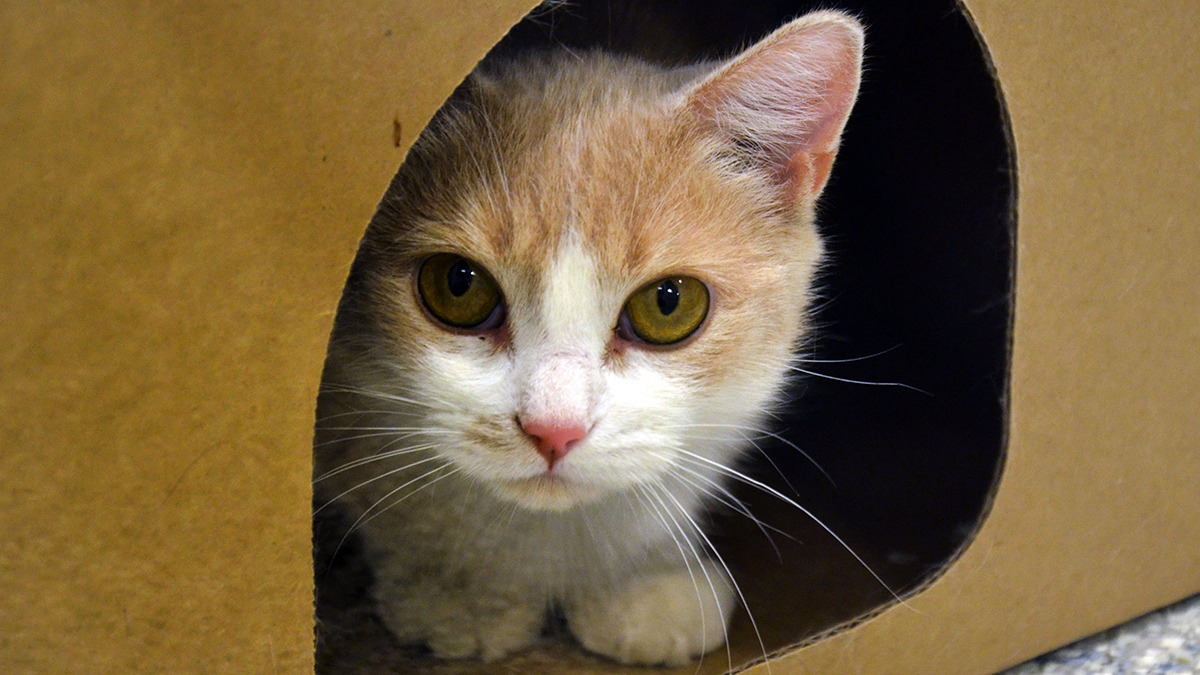As cats remain a prime threat to Ontario’s urban wildlife, experts urge owners to keep their furry friends off the streets to help protect prey species — particularly birds and rodents — as well as the pets themselves.
“Without question, domestic cats are a major factor in the decline of bird populations across North America,” said Andrew Holland of the Nature Conservancy of Canada. “It may be surprising to people, but domestic cats are an invasive, non-native species in Canada. They have a significant impact on populations of migratory birds, reptiles and small mammals, and are considered one of the world’s 100 most invasive species.”
Billions of songbirds are killed in North America each year by cats. That’s more birds annually than those killed by hitting windows and cars, according to Dr. Michael Drescher, a conservation professor at the University of Waterloo.
“We estimate that free-ranging domestic cats kill 1.3 – 4 billion birds and 6.3 – 22.3 billion mammals annually,” concluded the authors of a 2013 U.S. study published in the journal Nature Communication. “Unowned cats, as opposed to owned pets, cause the majority of this mortality. Our findings suggest that free-ranging cats cause substantially greater wildlife mortality than previously thought and are likely the single greatest source of anthropogenic mortality for U.S. birds and mammals.”
The study, co-authored by Scott Loss and Peter Marra of the Smithsonian Conservation Biology Institute and Tom Will of the U.S. Fish and Wildlife Service, identified non-native mice and rats as the cats’ main prey species in urban areas. In the suburbs and the countryside in the U.S., cats take native mice, shrews, voles, squirrels and rabbits.
House sparrows, robins, red-winged blackbirds and ring-necked pheasants are among the bird species most affected by cat predation, the study revealed.
“It’s such a staggering number,” said Drescher. “Cats are a huge factor in the decimation of song birds in the continental U.S.”

“Keeping cats indoors, on a leash and contained to your property certainly helps,” said Patty McLaughlin of the Ottawa Valley Wild Bird Care Centre. “Especially this time of year, when baby birds are leaving the nest and learning how to fly but are not as quick as adults to get away from cats.”
The wild bird centre, which is located within the Stony Swamp Conservation Area in west-end Ottawa, is flooded with injured birds that have been hurt in altercations with cats.
Cats in the community
“We hugely vouch for people keeping cats indoors at all times,” said Hannah Sotropa, a spokesperson for the Toronto Humane Society.
The Stouffville, Ont.-based Ontario Society for the Prevention of Cruelty to Animals and Humane Society also encourages pet owners to keep their cats indoors for the safety of their pet, society spokesperson Melissa Kosowan said in an email.
Experts say this is beneficial to all animals — including cats themselves — living in cities.
If your cat is going outside, the organization also recommends supervising its time outdoors and ensuring your pet is spayed or neutered, up to date on vaccinations and microchipped to help keep them safe and healthy.
“If we’re looking at stray animals, they might come in contact with wildlife and that can be dangerous,” said Sotropa. “Also, if your cat is outside and you’re not supervising them, they may come in contact with a virus or a bacteria or something along those lines, which could in turn make that animal become sick.”

Shelter solutions
The City of Ottawa states that the average North American city has three times as many cats as dogs, but far fewer lost cats are claimed at local animal shelters.
The threats posed by pets is often amplified by stray cats. In Toronto, the city’s humane society provides services such as the Trap Neuter Return program to help manage the number of stray and feral cats.
“At bare minimum, an animal needs to be fed, an animal needs water, and an animal — likely and hopefully — would also be receiving basic veterinary care,” said Sotropa. “Because we’re able to address some of these needs through our adoptions program, but also our Trap Neuter Release program, we’re able to provide these animals with basic standards for care.”
By 2021, the shelter expects to be completing around 1,300 trap neuter surgeries a year, bringing the city’s estimated feral cat population of 17,000 to 10,000 in the next 10 years, according to a report from 2019.
“That’s pretty incredible to see that there could be such a large decrease, so long as these programs stay up and running,” said Sotropa. “The impact that this has in the community is great because we’re able to actually directly reduce the population (by) preventing these animals from being able to repopulate.”





[…] Crdit: Source link […]
completing around 1,300 trap neuter surgeries a year, bringing the city’s estimated feral cat population of 17,000 to 10,000 in the next 10 years, according to a report You need a constant neuter/spay rate of 80% just so populations don’t increase! All the feeding that comes along with all TNR programs gathers breeding cats that are rarely neutered in time thus increasing cat populations!
Thats absolutely correct TNR that does not maintain at least 80% but keeps providing food will worsen the health, welfare and environmental problems if stray cats
[…] a result of human activity, with collisions being the second highest human-related cause of death. Pet cats, the top threat to birds, are also exacting a colossal […]